A European agenda for space: resilience, security and sovereignty
Past event In person
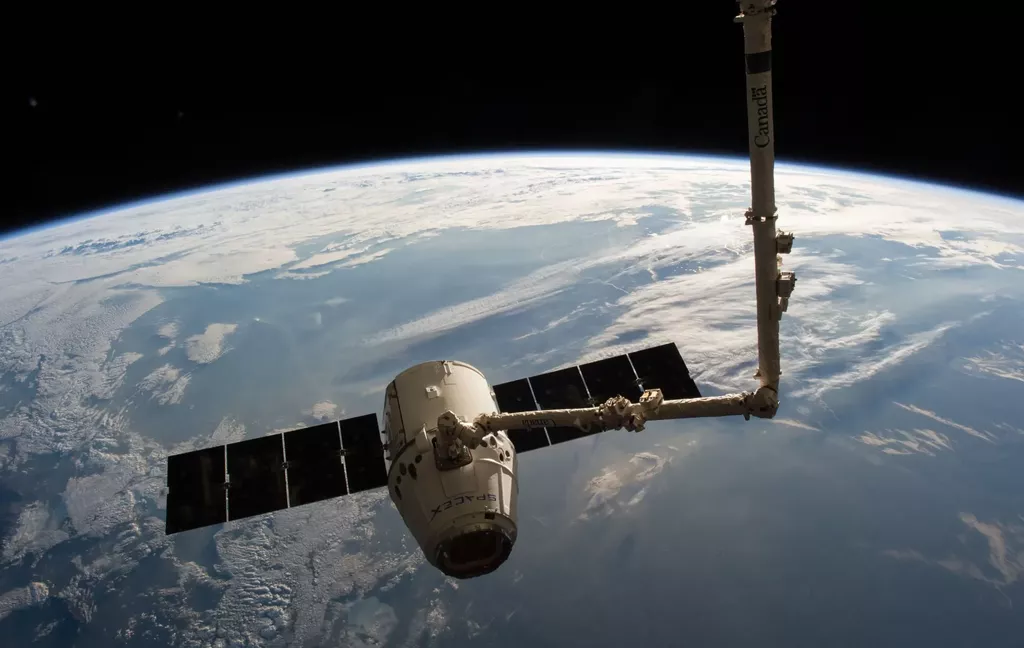
- Area of Expertise
- Digital & Data Governance

Harald Haas is Professor at the University of Edinburgh, Founder & Chief Scientific Officer of pureLiFi Ltd and the Director of the LiFi Research and Development Center. Prof Haas first introduced LiFi in a TED talk in 2011. Subsequently, LiFi was listed among the 50 best inventions in TIME Magazine 2011.
WiFi – a term coined less than twenty years ago – is now part of our daily language. But now its sister technology, known as LiFi, is ready to make a breakthrough.
LiFi – short for light fidelity – is a new wireless communication technology that uses both visible and infrared light for ultra-high-speed wireless communication. Specifically, LiFi draws upon the light produced by light emitting diodes (LEDs). This means that in the future your energy-saving LED lightbulb will not only provide illumination, but will simultaneously act as your gigabit wireless router.
All lightbulbs in our homes and offices could function as wireless routers, creating massive high-density wireless networks. Your wearable technology, your oven, your TV, your toaster, your fridge, your car and streetlights – could all be turned into wireless routers.
But why do we need it?
Light is part of the electromagnetic spectrum that ranges from low-frequency radio frequency signals to gamma rays. It belongs to the same family as radio frequency signals, which we have been using for more than 100 years for various wireless services. But our exhaustive use of the radio frequency spectrum means that space has become a rare commodity.
We are witnessing a trend where the use of artificial intelligence in smart environments is gaining significant traction
This has now become a problem, referred to as the radio frequency ‘spectrum crunch’ by some. And the significance of this development is huge as we live through what economist Jeremy Rifkin calls the 3rd Industrial Revolution, and prepare for the 4th Industrial Revolution.
Until now people have been using the internet primarily for private and professional purposes. Now we are witnessing a trend where the use of artificial intelligence in smart environments is gaining significant traction. This means that objects around us are becoming more intelligent: I call them ‘smart-X’ – examples being smart city, smart home and smart manufacturing. A prominent example of this phenomenon is the driverless car.
But ‘connectivity’ is the key. For an environment to become smart, an intelligent system needs to sense it as we humans would do with our senses, and transmit then the information to a central processor, the equivalent of the human brain.
This process happens usually by electrical impulses sent through the nervous system, or equivalently through our wireless networks. The ‘brain’ processes the data in real time and has the tremendous task of filtering relevant information. In technical terms this is called ‘big data’ or ‘data analytics’.
Next, the intelligent system will act on the available information by moving the legs, or steering the wheel in case of a driverless car.
And this is where LiFi comes in.
In the future, there will be a storm of ‘things’ that will be connected to the internet. There will also be a push towards more intelligent systems to modernise manufacturing and to reduce carbon dioxide emissions, to give just two examples.
In light fidelity we have found a resource equivalent to mineral oil – LiFi can provide the unprecedented and ubiquitous connectivity that drives the new economies
We need more space, and the visible light spectrum is thousand times more plentiful than the entire radio frequency spectrum. The light spectrum is unlicensed and it is not known to cause any health concerns as long as the eye safety regulations are maintained.
What this means is that in light fidelity we have found a resource equivalent to mineral oil, which was the driver for the energy-based 2nd Industrial Revolution. LiFi can provide the unprecedented and ubiquitous connectivity that drives the new economies, as it holds huge potential for creating future economic success in Europe. The European governments can accelerate this success by helping with large scale LiFi adoption in public buildings and public places, and by developing research programs that will ensure continuous leadership in this field when international competition is gaining significant momentum.
A European spin-off company, pureLiFi Ltd, is currently leading the way in LiFi commercialisation and has already equipped the European lighting industry with LiFi modules. As a result, there is LiFi-enabled equipment available on the market and a number of pilots are underway – for example, at the headquarters of the Sogeprom real estate company in Paris.
Perhaps we are, in fact, entering a new enlightened era.
Past event In person

Next event In person & livestreamed
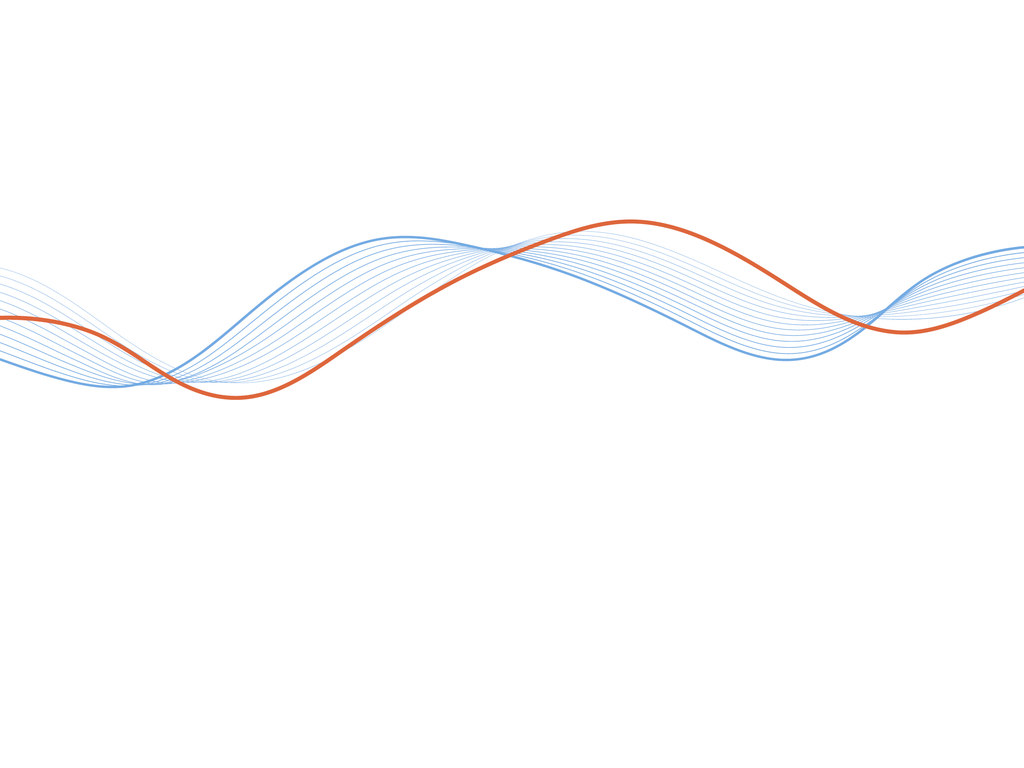
Past event Online

Past event In person
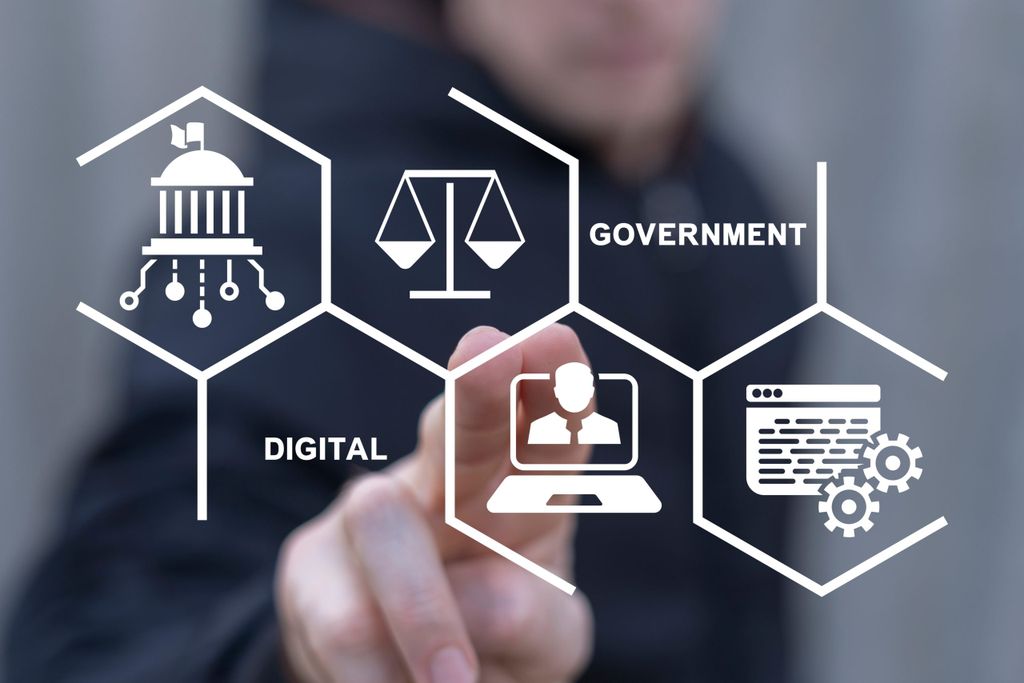
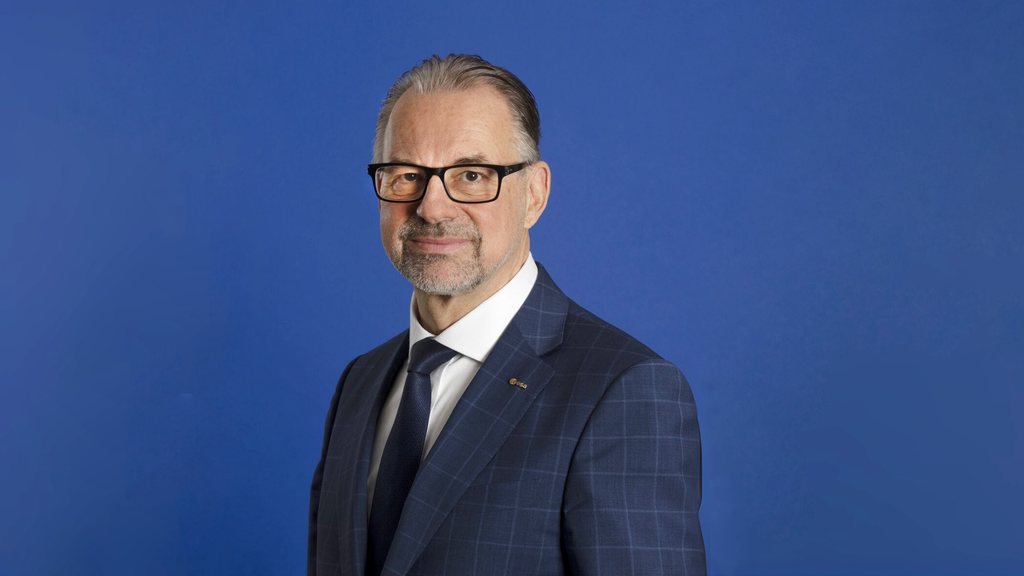
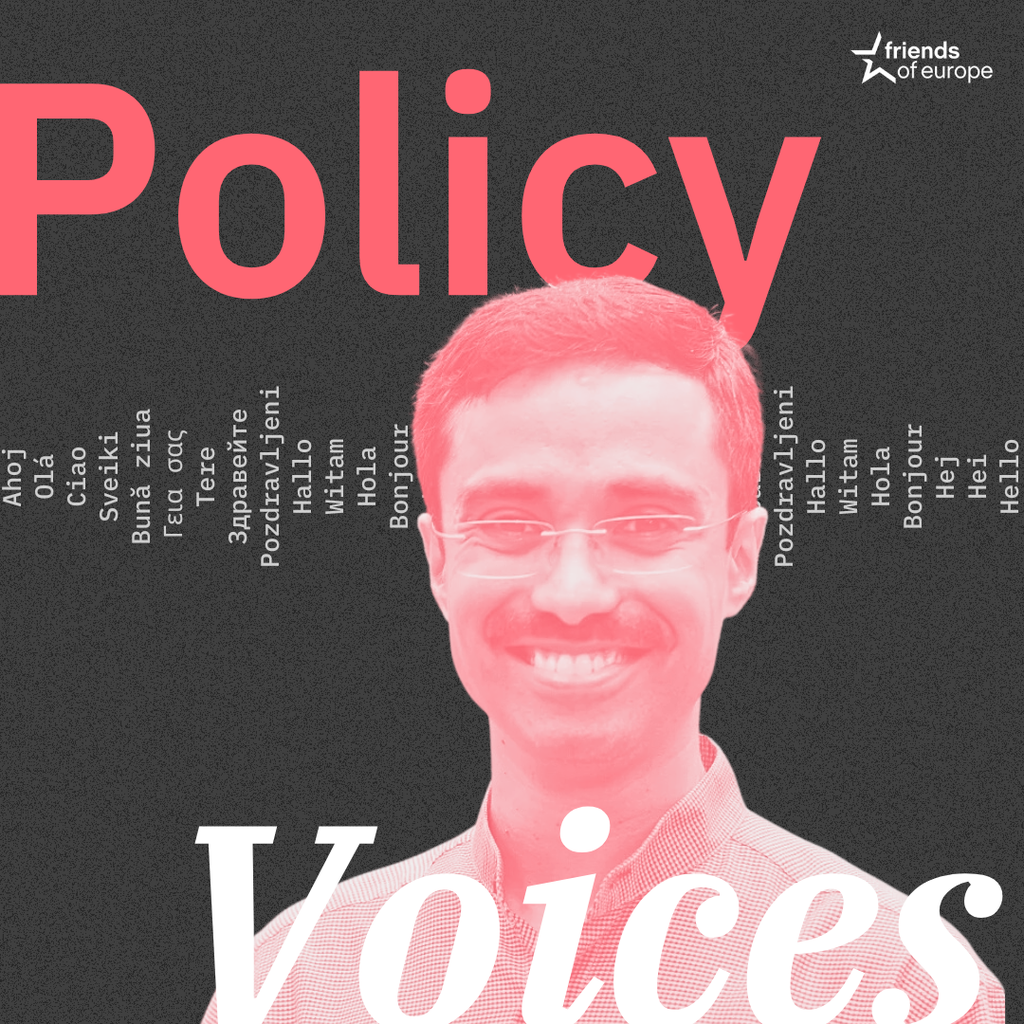
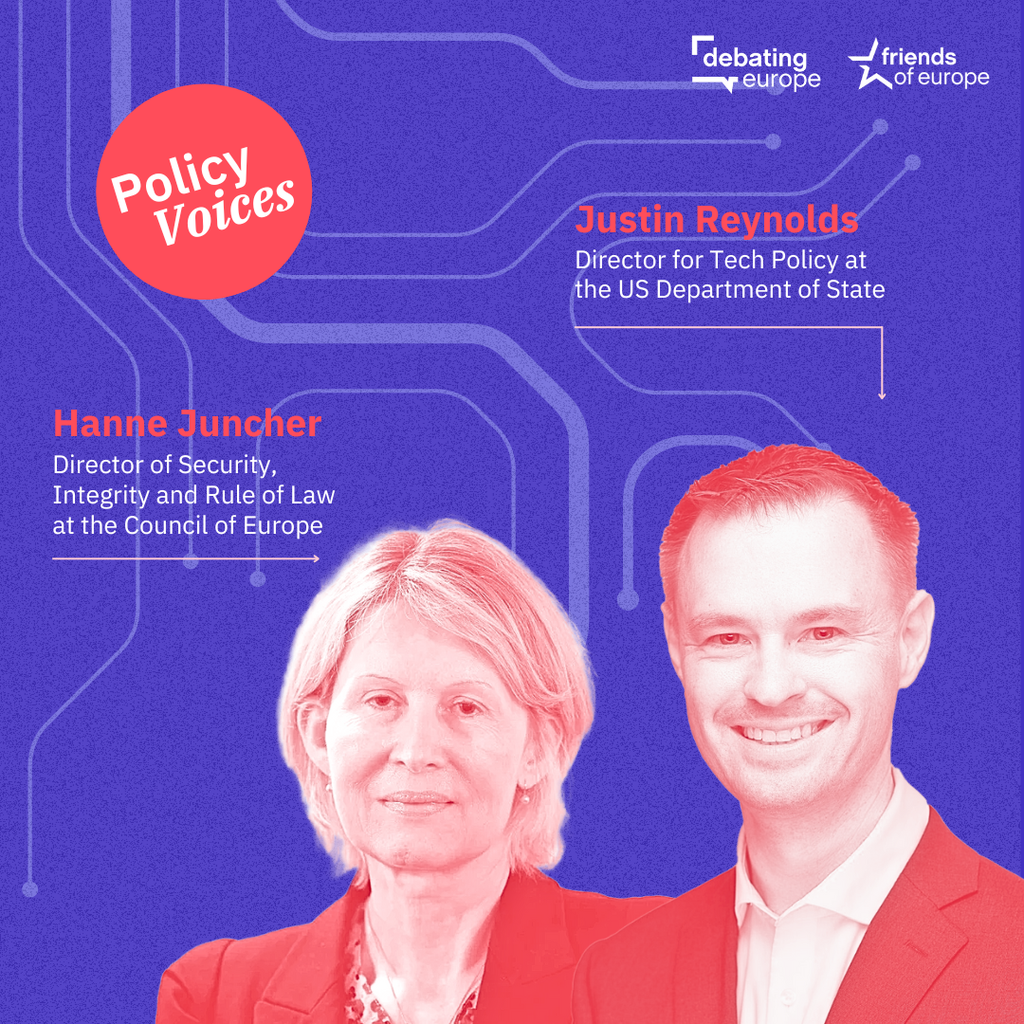

Stay informed
We use cookies and similar technologies to adjust your preferences, analyze traffic and measure the effectiveness of our campaigns. Learn more about our privacy policy.